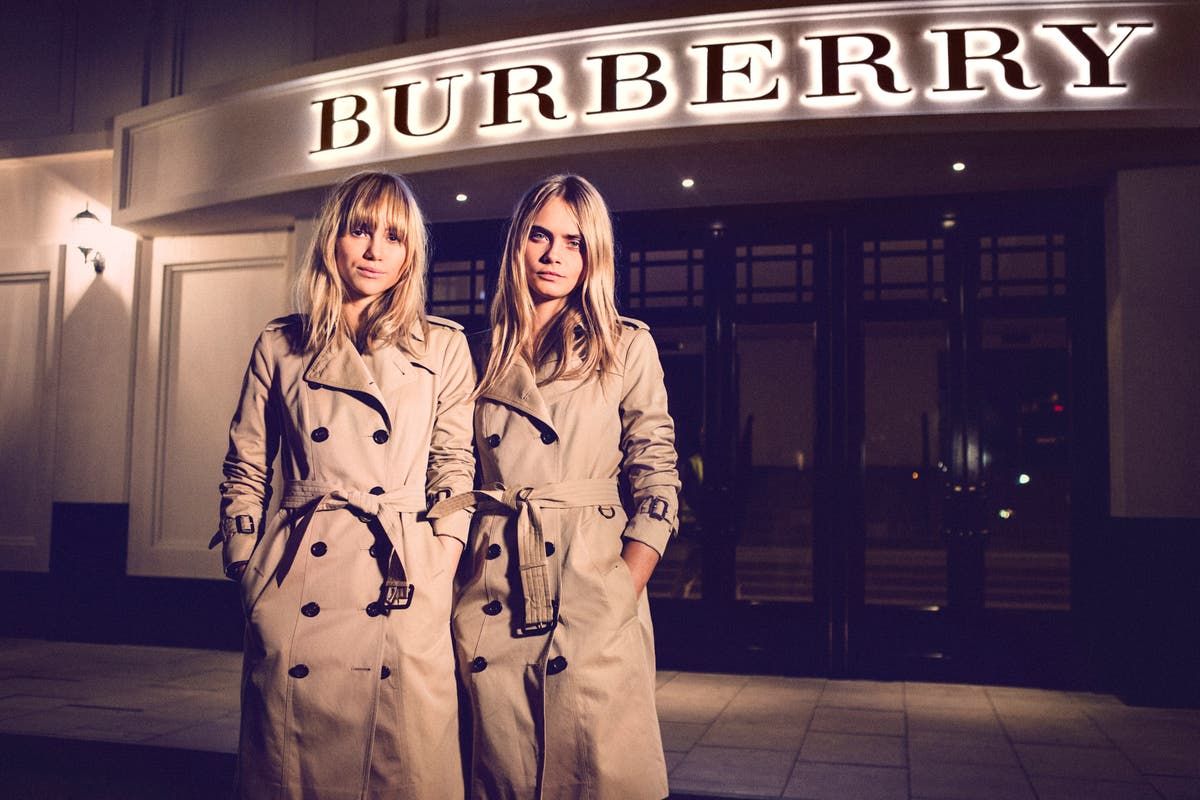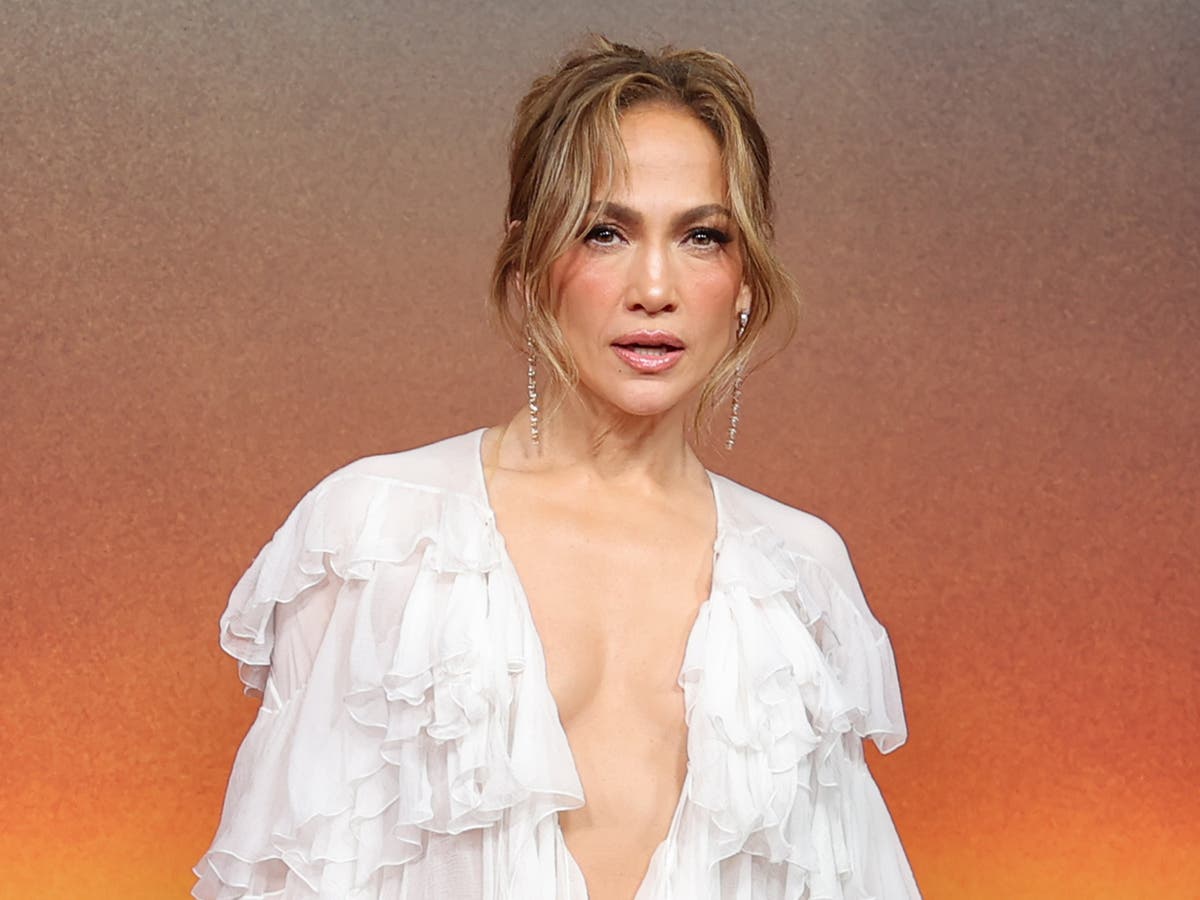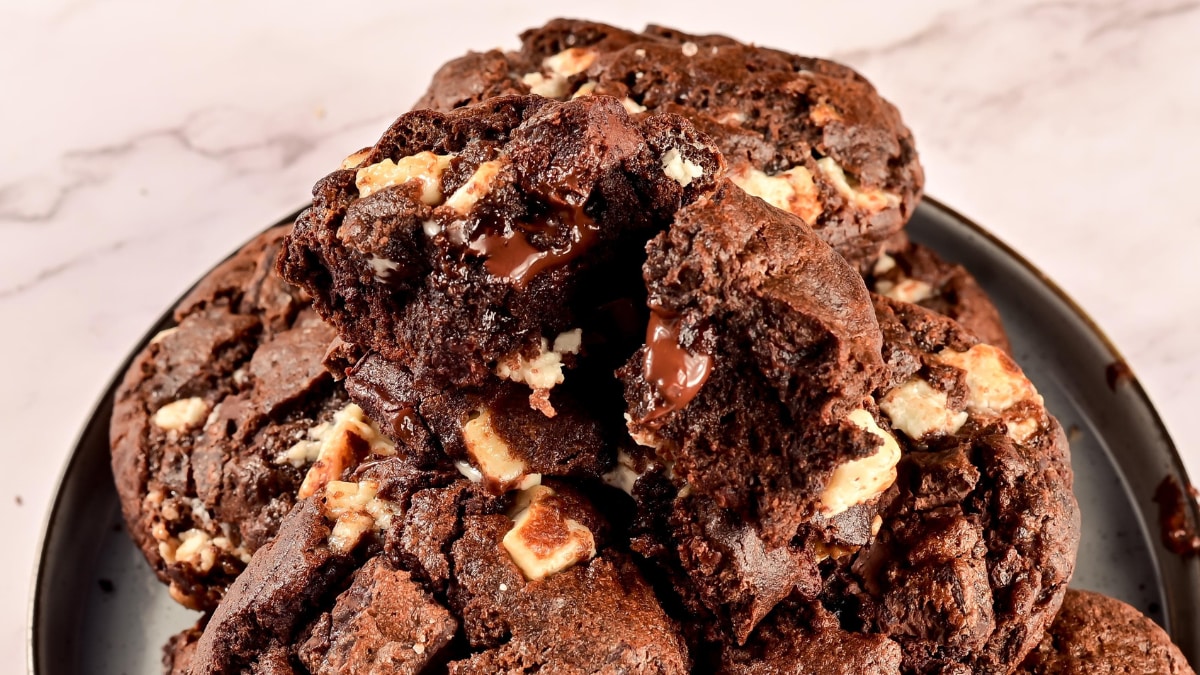Truly support
independent journalism
Our mission is to provide unbiased, fact-based reporting that holds the powerful to account and exposes the truth.
Whether it's $5 or $50, every contribution counts.
Support us in offering journalism without agenda.
BUrberry is in the trenches right now. Britain's biggest luxury fashion brand, home of the iconic beige trench coat and that Check Print, the world’s largest fashion company, has recently issued its third profit warning of the year. Retail sales fell by 21% in the first fiscal quarter and reports suggest that several hundred jobs at the company are also at risk. And the bad news just keeps coming. On Monday, Burberry announced the departure of its CEO, Jonathan Akeroyd, who will join the company in 2022, and suspended dividend payments. Shortly after, the stock plummeted to its lowest level since 2010. Can Britain’s most famous fashion export company weather this storm?
Akeroyd’s replacement, Joshua Schulman, who joins from American brand Coach, will undoubtedly have his hands full in the coming months. This is all a far cry from the 2010s, when Burberry was undisputedly the biggest draw at London Fashion Week, adored by the likes of Kate Moss, Sienna Miller and Cara Delevingne, all of whom appeared in advertising campaigns for the brand. But it could also be seen as simply the latest twist in the story of a divided brand with a checkered past, one that spans high fashion and cheap knock-offs, catwalks and football terraces.
Burberry’s heritage dates back to the Victorian era, when weaving apprentice Thomas Burberry opened his first clothing store in 1856. His big innovation was waterproofing his thread with lanolin, creating a new weather-resistant fabric called gabardine, which resulted in lighter coats than a traditional raincoat (which was sweaty, smelly and cumbersome). The gabardine was adopted by polar explorers such as Sir Ernest Shackleton. When World War I broke out, Burberry was commissioned to design a coat that could be worn by officers on the battlefield. The resulting “gabardine” wasn’t just adopted by soldiers. It also proved popular with civilians – so popular, in fact, that by the 1930s, the company had a dedicated van travelling around London offering same-day deliveries.
Meanwhile, the iconic checked print in beige, red, black and white came relatively late. It was first introduced on coat linings in the 1920s, but didn’t gain prominence until a few decades later, when the staff at Burberry’s Parisian boutique decided to wrap accessories in the fabric ahead of a visit by the British ambassador in the 1960s. By this time, the brand already had a reputation for being a solid, quality British brand – perhaps not the most interesting proposition, but reliable nonetheless.

It had a brief revival when worn by Britpop stars, but by the late 1990s, Burberry was in crisis. The brand had sold licenses allowing other companies to use the famous check print on other products, meaning it appeared on a variety of products (beige tartan dog coats, for example) that didn’t exactly fit in well with Burberry’s high-end style. Plus, knock-off products and counterfeits were becoming a big problem.
Just a few years later, the checkered print had become synonymous with loud, overdressed, joking football fans, a visual shorthand for what horrified media commentators called “chav culture.” A 2002 photo showing the The inhabitants of the East End Actress Danniella Westbrook, who wore a checked Burberry suit, carried a Burberry handbag and pushed her Burberry-clad daughter in a Burberry stroller, was branded “chavtastic” by a Sun Headline. There were plenty of reports of pubs and bars imposing blanket bans on anyone wearing the famous tartan – it was irrevocably associated not just with a nouveau riche kind of ostentation, but with vandalism and violence. None of this was particularly good for a brand that was supposed to be all about classic, understated style.
Under Bailey's direction, the brand felt both traditional and avant-garde, romantic and with a twist.
Against this backdrop, then-CEO Rose Marie Bravo had hired Christopher Bailey as the brand’s design director in 2000. Bailey had just spent five years working with Tom Ford at Gucci, so he’d had a front-row seat as Ford transformed that brand from a dated purveyor of handbags and scarves into the most talked-about brand in fashion. One of his first moves was to scale back the amount of plaid (in 2004, the company revealed it would stop making its plaid baseball caps altogether) and begin charting a new direction.
Under Bailey, the brand felt at once traditional and avant-garde, romantic and with a twist. The trench coat, whether in its classic beige style or in revamped versions in striking metallics, lace or painterly prints, became a symbol of modernity thanks to advertising campaigns starring bright young Brits such as Emma Watson, Felicity Jones and Eddie Redmayne. It was the hottest event of fashion week, its shows a real spectacle, with musical performances (often boosting artists’ careers, as we saw with James Bay and Tom Odell) and the best front row in London. Bravo’s successor, Angela Ahrendts, was also a particularly astute businesswoman, buying back many of the aforementioned licences to keep the brand from becoming diluted and doubling down on technology and social media. Between 2007 and 2013, annual sales more than doubled to £1.9 billion.
However, things got a little more complicated when Apple hired Ahrendts in 2014. Bailey became creative director. and In 2018, she left the label and Italian designer Riccardo Tisci took over. He brought a bright, streetwear-influenced sensibility and seemed to court a younger audience, hiring American models of the moment such as Kendall Jenner and the Hadid sisters to walk in his shows. But he never caught the imagination of critics and customers.

Following Tisci’s departure in 2022, the company hired Daniel Lee, a British designer who had recently made a name for himself by turning around the fortunes of Italian label Bottega Veneta. Under Lee, Bottega went from a solid, traditional brand to a major fashion player, beloved of Rihanna and A$AP Rocky. He seemed well placed to kick-start a Burberry revival – and it surely didn’t hurt that he hailed from Yorkshire, like Bailey, and talked endlessly about his desire to bring a sense of Britishness back to the brand. He got front rows and shows that turned heads – last year, Britpop offspring Iris Law and Lennon Gallagher walked the catwalk, in a blatant attempt to recapture some of the “cool Britannia” side of it. There was much talk of Burberry “going back to its roots”. And yet, for all this, the reaction has been muted.
Simply put, no one talks about Burberry as much as they did during the Bailey years. But while it no longer feels like a fashion brand, the company is still pursuing what is known as a “The brand’s elevation strategy is an attempt to become an even more premium brand, moving from a successful British fashion house to a global luxury force on the level of Gucci. As part of this move, the brand has reportedly raised the prices of its accessories (by one estimate, a recent accessories collection was priced 58 percent higher than previous collections) and cut back on “entry-level” products, at a time when aspirational shoppers are having to cut back on their spending due to the cost-of-living crisis. The drastic price hike, with the aim of appearing high-end, appears to have backfired and put off shoppers. The fashion market is a tricky one at the moment, and only timeless accessories like Hermes’ Birkin are bucking the trend – Burberry arguably doesn’t have the same luxury cachet (its signature piece has always been a coat, not a bag).
It seems the brand has overreached, aiming for the top of the industry and neglecting more aspirational customers. The choice of Burberry’s new CEO is certainly interesting: Joshua Schulman’s retail CV is full of accessible brands that have always tended to sit in the middle of the luxury market. Perhaps it’s a hint that the company might be about to opt for a more mainstream approach. His main task, no doubt, will be to solve Burberry’s identity crisis – otherwise, it could be a checkmate.












